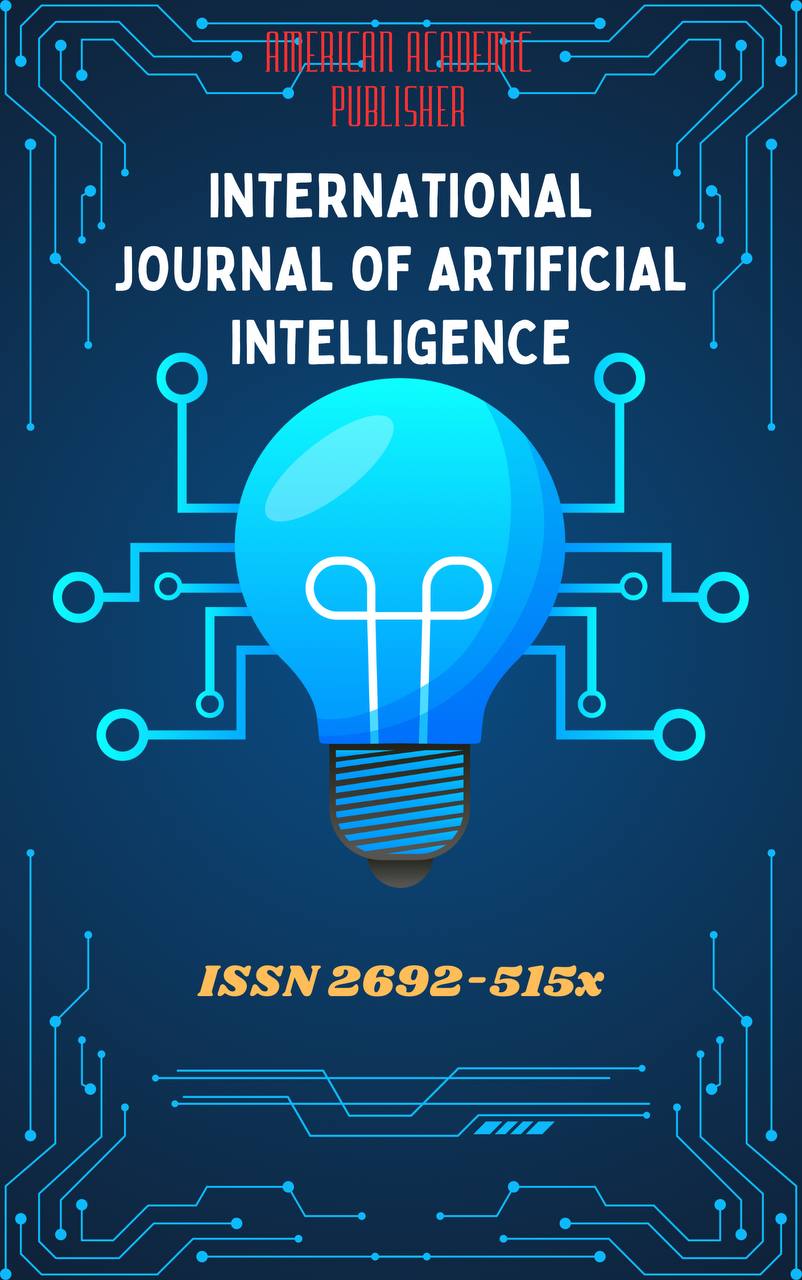 Articles
| Open Access |
Articles
| Open Access | MODELING THE INTERDISTRICT CORRESPONDENCE MATRIX
Tukhtapulatova Sh.B. , Master's student Tashkent University of Architecture and Civil EngineeringAbstract
This article analyzes theoretical and practical approaches to modeling the interregional correspondence matrix in the transport sector. The concept of transport demand, the factors that form it, and ways to use it as a means of managing the demand for the transport system in modern urban planning are highlighted. The essence, differences, advantages, and disadvantages of aggregate and disaggregate models used in determining matrix values are considered. Optimized flows from the user and system perspectives are also analyzed based on Wardrop's principles. The need for doset models aimed at identifying potential transport needs, regardless of the network configuration, is substantiated.
Keywords
transport demand, correspondence matrix, aggregate model, disaggregate model, Wardrop principles, user optimization, system optimization, transport flows, transport modeling, doset model.
References
D. V. Kapsky L. A. Losin "Transport in Urban Planning."
Introduction to the mathematical modeling of transport flows / ed. A. V. Gasnikov. - M.: MSNMO, 2012. - 377 p.
Popkov, Yu. S. System Analysis and Problems of Urban Development / Yu. S. Popkov, M. V. Posohin, A. E. Gutnov, B. L. Shmulyan. - M.: Nauka, 1983. − 512 p.
Article Statistics
Downloads
Copyright License

This work is licensed under a Creative Commons Attribution 4.0 International License.

